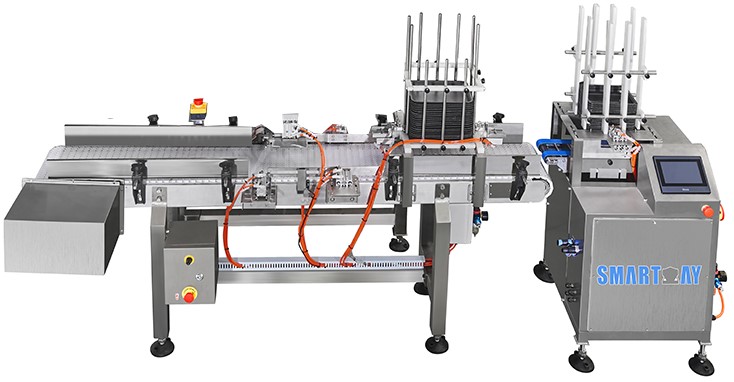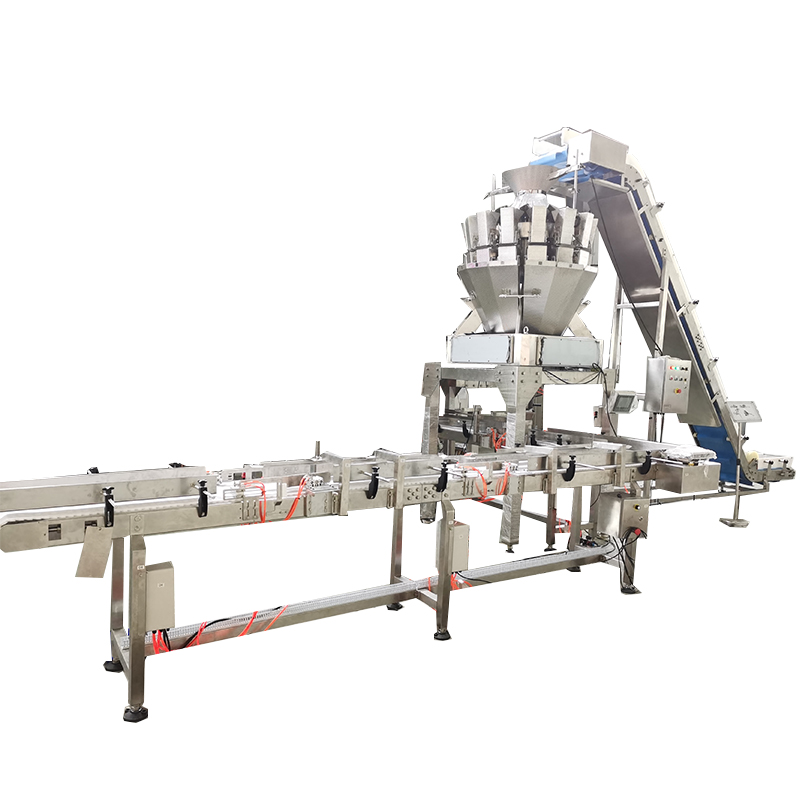Since 2012 - Smart Weigh is committed to helping clients increase productivity at a reduced cost. Contact us Now!
Since 2012 - Smart Weigh is committed to helping clients increase productivity at a reduced cost. Contact us Now!
If you are in the market for a tray denester, it is important to choose the right one for your business. There are many different types of tray denesters on the market, and each has its own set of benefits and drawbacks. In this blog post, we will discuss the different types of tray denesters available and help you decide which one is best for your business.

A tray denester is a machine that is used to automatically load and unload trays of products. This type of machine is typically used in the food industry, but can also be used in other industries as well. Tray denesters are available in a variety of sizes and configurations, and can be customized to meet the specific needs of your business.
The distinction between different types of tray denesters is the way to unload the trays. The common types are rotary separation and insert separation.
When the tray denesters work with multihead weighing machines, it can be automatic from uploading trays, weighing, filling and outputing to next packaging step.
The type of tray denester that is right for your business will depend on a number of factors, including the volume of product you need to process, the type of tray you need to process, and the space available in your facility. If you are not sure which type of tray denester is right for your business, it is best to consult with a professional who can help you assess your specific needs.


When choosing a tray denester for your business, it is important to consider the factors discussed above. Additionally, it is important to consult with a professional to ensure that you are choosing the right machine for your specific needs. With the help of a professional, you can be sure that you are choosing the best possible tray denester for your business.
There are many benefits of using a tray denester in your business. First, tray denesters can significantly improve the efficiency of your operation. They can also help to reduce labor costs by automating the loading and unloading process. Additionally, tray denesters can help to improve product quality by ensuring that products are consistently loaded and unloaded in the same manner.
When it comes to choosing the right tray denester for your business, there are a few things you need to keep in mind. First, you need to consider the type of product you will be processing. You also need to think about the space you have available in your facility. Additionally, it is important to consult with a professional to ensure that you are choosing the best possible machine for your specific needs. With the help of a professional, you can be sure that you are choosing the best possible tray denester for your business.
CONTACT US
Building B, Kunxin Industrial Park, No. 55, Dong Fu Road , Dongfeng Town, Zhongshan City, Guangdong Province, China ,528425
How We Do It Meet And Define Global
Related Packaging Machinery
Contact us, we can give you professional food packaging turnkey solutions

Copyright © Guangdong Smartweigh Packaging Machinery Co., Ltd. | All Rights Reserved